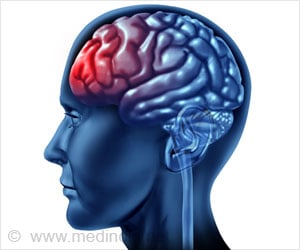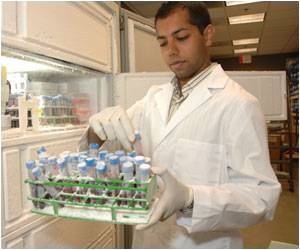Consisting of strings of amino acids, a folded protein molecule resembles a coiled, tangled piece of wire, which, as everyday experience suggests, may be knotted.

‘Knots in proteins can be understood using 'virtual knots' - a branch of knot theory previously considered as abstract and without application.’





Many of the processes essential to life involve proteins - long
molecules which ’fold’ into three-dimensional shapes allowing them to
perform their biological role. Consisting of strings of amino acids, a folded protein molecule resembles a coiled, tangled piece of wire, which, as everyday experience suggests, may be knotted.
The mathematical study of knots is called knot theory, a branch of abstract mathematics which is related to other areas of maths such as algebra. The knotted curves studied in knot theory have closed ends, like a knot in a circle, but protein molecules do not.
Professor Mark Dennis, from the School of Physics, said: "Our procedure, however, takes views of the protein curve from different directions, that is, projections, which can be mathematically analysed as virtual knots without adding extra lines. This captures the essential ambiguity of where the ends of the protein curve are."
Viewing the protein curve in different directions results in different projections, or ’shadows’, of the curve. The virtual knotting of each shadow can be identified mathematically from the sequence of over and under crossings of the projection.
Advertisement
When the protein knots are closed by extra lines, the seas and islands are restricted to only a small number of ’classical’ knot types - those of knotted circles. Since there are many more virtual knot types than classical types (as they don’t have to close), viewing the knot ’virtually’ offers a more subtle understanding about the protein molecule’s shape.
Advertisement
The aim of the project is to create new computational tools and mathematical techniques for the analysis, synthesis and exploitation of knotted structures in a wide range of complex physical phenomena.
Source-Eurekalert









